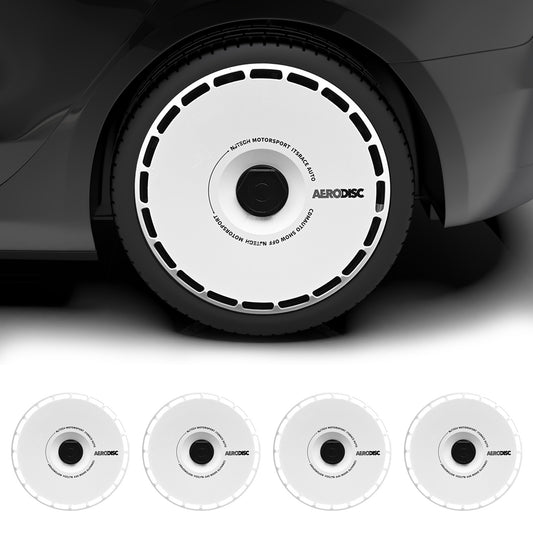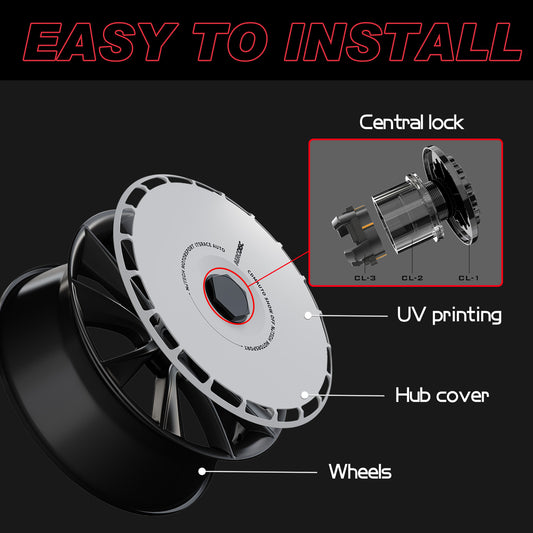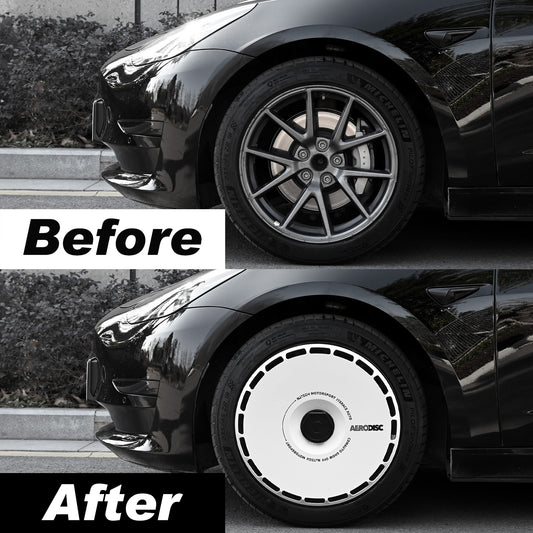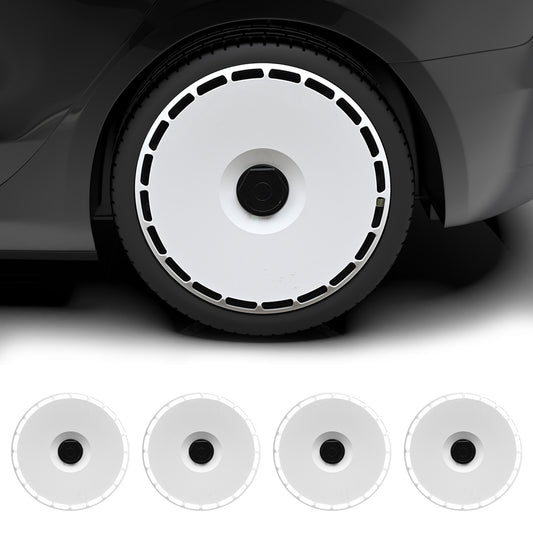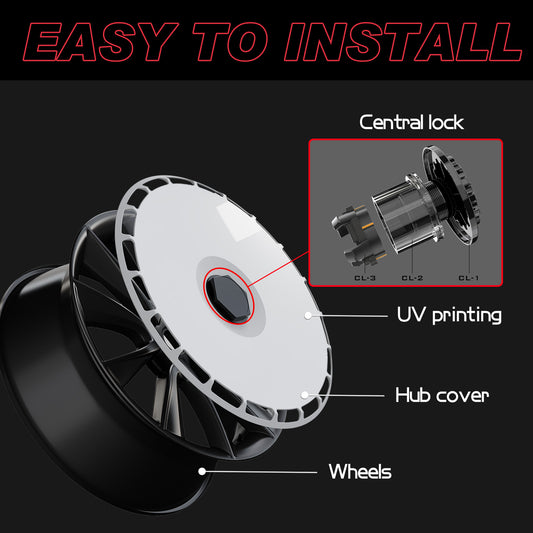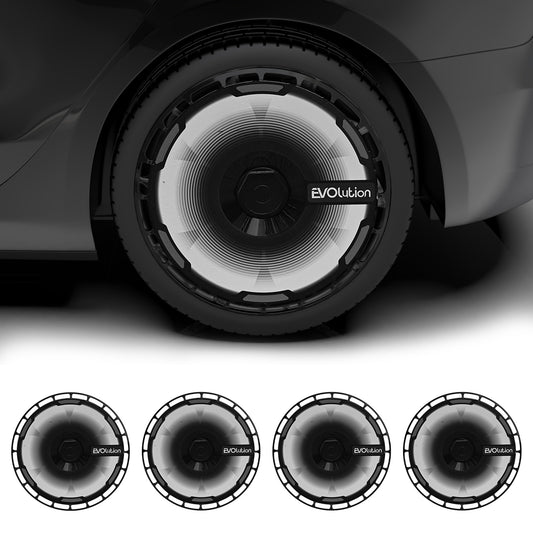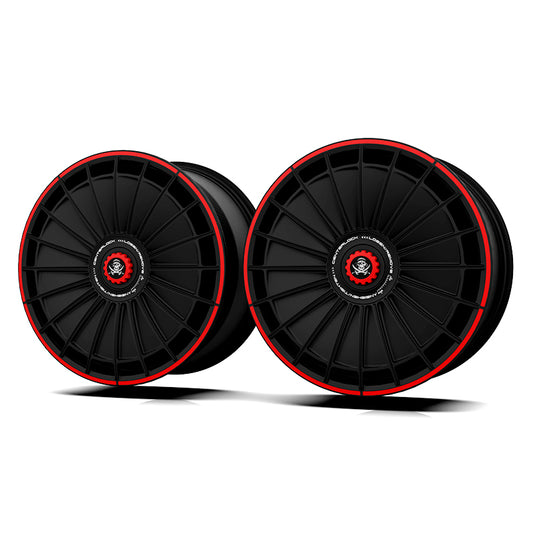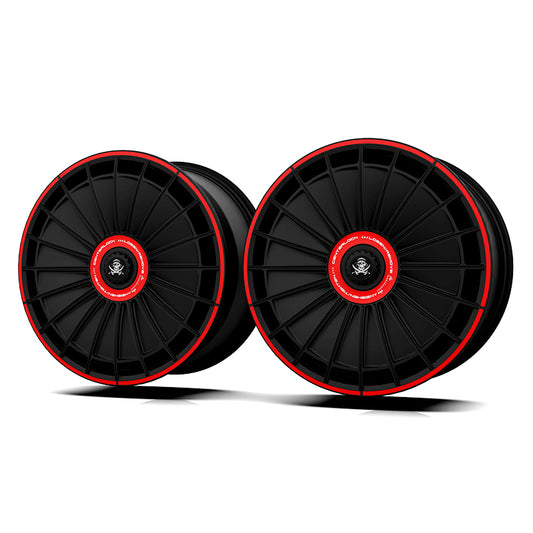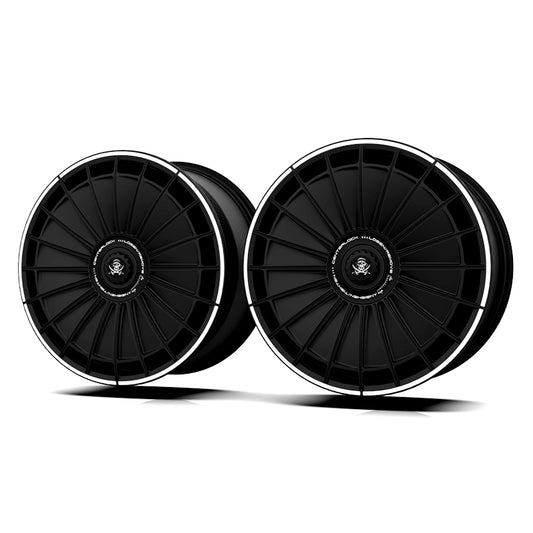Solid-State Batteries Headed for 2027 Dodge Charger Daytona Pull Into the FEST Lane

Even as the automotive world is still processing the debut of the Dodge Charger Daytona EV—the fully electric iteration of the legendary Charger lineup—Stellantis is already shifting focus to next-generation battery innovation to pair with its still very new electric muscle car. The cutting-edge tech in question? A solid-state battery, often hailed as the holy grail of energy storage solutions, which could deliver enhanced power output, quicker charging times, and superior energy density, all while eliminating the safety concerns tied to traditional liquid-electrolyte lithium-ion batteries. However, hold off on the celebrations—there's a catch.

If you're just entering the electric vehicle (EV) industry, welcome! You might also be wondering what exactly "solid-state" batteries refer to. While we recommend checking out our in-depth guide, the condensed explanation is that this emerging technology aims to solve a critical flaw in conventional lithium-ion batteries. Most existing batteries rely on a liquid organic electrolyte, which is inherently flammable because it contains oxygen molecules embedded within its chemical structure. This allows the electrolyte to combust even without exposure to external air, making battery fires notoriously challenging to control. Solid-state batteries replace this volatile liquid with a solid, polymer, or semi-solid (e.g., gel) electrolyte. Though not all variants are purely "solid," these alternatives drastically reduce flammability risks, addressing a major safety concern in current battery design.

The innovation spotlighted here comes from Factorial, Inc., a battery developer that originated from Cornell University’s research initiatives before spinning off as an independent entity in 2013. Over the years, the company has secured partnerships with automotive giants like Mercedes-Benz, Stellantis, and Hyundai Motor Group, driven by its advancements in quasi-solid-state battery systems. Though Stellantis and Factorial refer to their Factorial Electrolyte System Technology (FEST) as a lithium-ion solid-state battery, it’s technically a hybrid design—acknowledged on their platform as employing a “quasi-solid” electrolyte rather than a fully solid-state solution.
During discussions with Factorial representatives around this time last year, specifics about the proprietary materials replacing conventional liquid electrolytes remained undisclosed. Similarly, details about their touted “high-capacity” cathode (the negatively charged electrode) were guarded. The latest Stellantis-Factorial collaboration announcement still leaves these technical nuances unexplained.
Previously, prototype FEST units were delivered to Stellantis, Hyundai, and Mercedes for evaluation. Now, after nearly a year of testing, Stellantis has confirmed that the 2027 Dodge Charger Daytona will debut this technology, claiming an estimated energy density of 177 watt-hours per pound. Despite the milestone, questions linger about FEST’s exact composition, particularly its semi-solid electrolyte and advanced cathode chemistry.

How Impactful Is “177 Wh/Pound”?
If accurate, this represents a substantial increase in energy density. Current liquid-electrolyte lithium-ion batteries with Nickel Manganese Cobalt (NMC) chemistry typically achieve 70–100 Wh/pound, while Lithium Iron Phosphate (LFP) batteries range between 40–60 Wh/pound. For comparison, a standard lead acid battery weighs roughly 40 pounds, delivering around 1.2 kWh of capacity at an energy density of approximately 30 Wh/pound.
At 177 Wh/pound, a FEST battery of equivalent weight (40 lbs) could deliver nearly 7 kWh of capacity. To match the 100-kWh capacity of a Tesla Model S battery, a FEST system might weigh just 565 pounds—almost half the reported 1,000–1,377 pounds that current lithium-ion packs are estimated to weigh, based on data from reputable battery recycling sources.

Maximizing Efficiency in Electric Power
A standout feature of Factorial’s new FEST batteries lies in their enhanced discharge capabilities. For context, battery charge and discharge rates are categorized using “C-ratings,” which indicate how quickly a cell can fully charge or deplete its energy in one hour. A 1C rating means a battery charges or discharges completely in 60 minutes, and some cells may have distinct C-ratings for charging versus discharging. Higher values denote faster performance. Conventional LFP (lithium iron phosphate) batteries often charge at 1C, though lab prototypes can reach discharge rates up to 25C. However, mainstream LFP products typically max out at 2C. NMC (nickel manganese cobalt) lithium batteries, the most widespread type, usually operate at 1C for both charging and discharging, with some variants achieving 2C discharge.
Factorial’s FEST cells push boundaries with a 4C discharge rate, meaning they deliver energy more efficiently under high-power demands, such as rapid acceleration in an EV. Enthusiasts might perceive this as sharper throttle response, though casual drivers may not notice a difference.
Regarding charging, Factorial and Stellantis haven’t specified exact C-ratings but note their 77-amp-hour cell charges from 15% to 90% in 18 minutes. Crunching the numbers, this equates to a 3–4C recharge rate—remarkably swift and competitive with refueling a combustion vehicle. Additionally, testing validates the FEST cell’s durability, enduring over 600 charge-discharge cycles without degradation, even in extreme temperatures (-22°F to 113°F). This thermal resilience surpasses current NMC and LFP batteries, which struggle with performance drops in sub-zero conditions.
Factorial and Stellantis are collaborating to advance their FEST cells into commercial production, with both automakers jointly developing an appropriate pack design for these innovative cells. Although inserting FEST cells into existing battery packs might appear as an intuitive move, it’s crucial to recognize that these cells possess a significantly higher energy density compared to the NMC cells currently utilized in all-electric models like the Dodge Charger and Jeep Wagoneer S. This enhanced density means fewer cells will be required to achieve the same energy capacity, thereby lowering overall weight—and the companies now have the opportunity to engineer their packaging to optimize vehicle weight distribution. Additionally, the weight reduction could potentially allow for a downsized pack capacity, an aspect that both Stellantis and Factorial will need to evaluate as part of their collaborative design process.

Yet here’s the catch: Although Stellantis suggests this technology might appear on the 2027 Dodge Charger Daytona, it will reportedly be confined to a tiny demonstration fleet. Another hurdle: Factorial’s details about these FEST batteries remain so scarce that gauging whether their promises align with near-term mass production feasibility proves challenging. When factoring in the troubles Dodge and Jeep are encountering with their all-electric debuts—the Daytona and Wagoneer S, specifically—Stellantis’ self-imposed 2026 deadline for broader implementation invites skepticism.
That said, if this vision actually comes to fruition and the sparse data we have holds up, it represents a monumental leap in battery technology. Its impact would extend beyond battery-electric vehicles (BEVs) to encompass any device reliant on lithium-ion batteries. Moreover, it could add weight to Sandy Munro’s claim that solid-state batteries might spell “the kiss of death for gasoline and diesel” propulsion.

